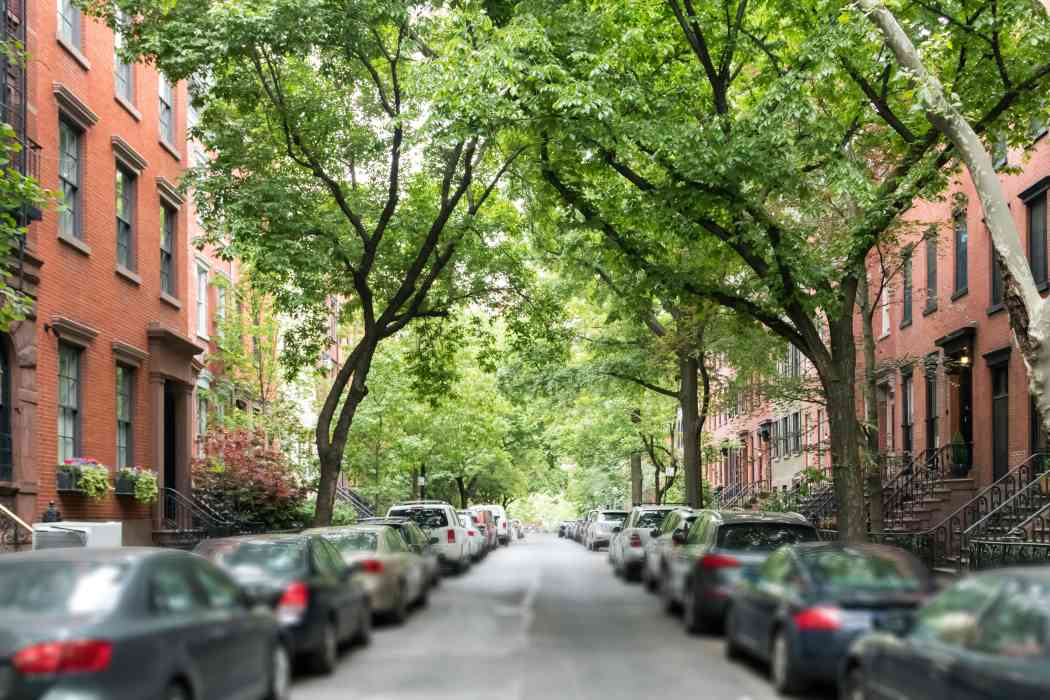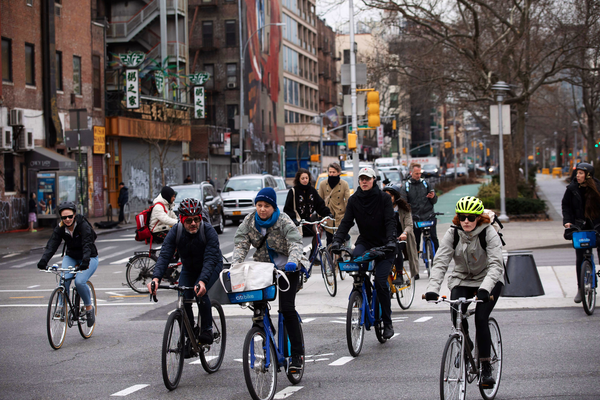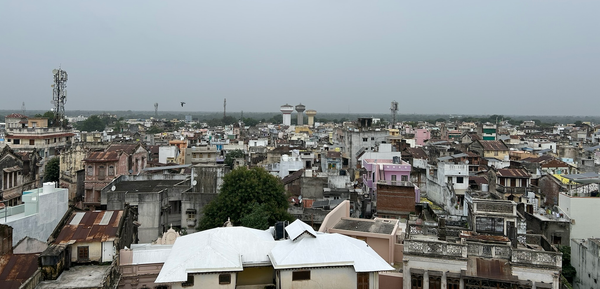What if we charged 10¢ per hour to park on the street?

Let’s talk about free parking. Because, of course, it’s not actually free—it’s some of the most expensive land in the country, handed over for long-term car storage at zero cost.
In New York City, a single on-street parking space is roughly 8 feet wide and 18 feet long—about 144 square feet. That’s bigger than many bedrooms. Two parking spots? That’s a studio apartment. Groups like OpenPlans have made this tangible through public installations, showing just how much valuable land we’ve turned over to car storage.
In a private garage, a parking space rents for $6,000 to $12,000 per year—roughly $40–$80 per square foot annually. That’s what the market says this space is worth. And yet we give away public curb space for free. In a city where space is at a premium, where housing is unaffordable, and where every square foot could be put to better use.

That’s public land—enough space for a sidewalk café, a row of bike racks, or a rain garden. Instead, we’ve locked it up for idle cars. Imagine what we could do instead:
- Outdoor dining
- EV charging stations
- Secure bike and scooter storage
- Trash containerization
- Passenger pick-up/drop-off zones
- Commercial delivery zones
- Wider sidewalks and pedestrian space
We’re squandering some of the city’s most valuable public real estate. And the costs are real: Each time someone circles the block looking for a parking space, they create more traffic and more pollution. Bus riders and people waiting to cross the street shoulder the burden.
Even the people who benefit from “free” parking end up paying for it—in time. If you’re spending 30–60 minutes a week circling for a spot or moving your car for alternate-side parking, that adds up to 40 hours a year. That’s a full workweek just chasing curb space.
So what if we charged 10¢ an hour to park? All day, every day—nights, weekends, and holidays. That’s $2.40 per day or about $72 per month—still 80–90% cheaper than garage parking. Charging a low hourly rate 24/7 for street parking would bring real benefits:
- More parking availability. Fewer people would use the curb as a long-term storage lot.
- Less congestion. Fewer cars circling the block looking for a space.
- Fewer emissions. Because of that reduced circling—and because more people would consider alternatives.
- Fairer use. The curb would no longer be dominated by private vehicle storage.
We could implement it easily: payment via existing apps like ParkNYC, with enforcement handled by compact license plate reader vehicles—no need for extra sedans or traffic cops. Just a small fleet of smart cars, quietly circulating and scanning.
We could even offer a discount for electric vehicles, or cap the total monthly cost for residents.
It’s also worth noting: most New Yorkers don’t own a car. Fewer than half of households citywide have one—and those that do tend to have significantly higher incomes than those that don’t. This isn’t a tax on the poor. In fact, it’s the people without cars who already bear the costs—through slower buses, less safe streets, and trash-strewn sidewalks. Much of that trash is there because curb space is too jammed with cars to make room for containerized waste. Pricing curb space fairly is a way to restore balance.
But most importantly, we’d be treating curb space like the valuable public asset it is—not a giveaway, not a dumping ground, not an afterthought. Part of the city. Shared, maintained, and used wisely.
Ten cents an hour isn’t about punishing drivers. It’s about reclaiming our streets—for cleaner air, better mobility, and a more livable city.



